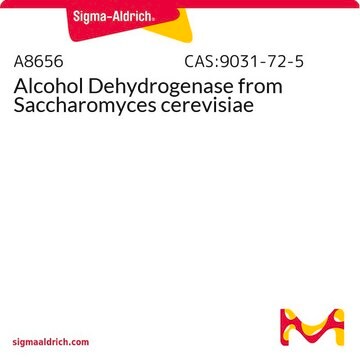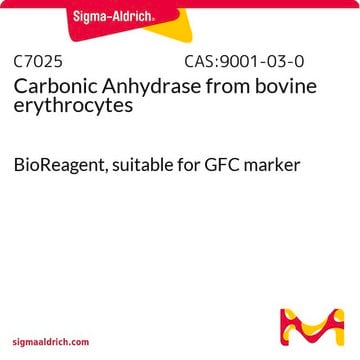Recommended Products
biological source
rabbit
antibody form
serum
antibody product type
primary antibodies
clone
polyclonal
species reactivity (predicted by homology)
all
technique(s)
western blot: suitable
shipped in
wet ice
target post-translational modification
unmodified
General description
Specificity
Immunogen
Application
Epitope Tags & General Use
Epitope Tags
Quality
A multicistronic vector was synthesized consisting of several CD3 proteins linked with 2A peptide sequences from foot and mouth disease, Thosea asigna, and Equine rhinitis A viruses, respectively (CD3δ-F2A-CD3ε-T2A-CD3γ-E2A-CD3ζ)1. The vector was transduced in 293 cells. A 1:1000 dilution of this antibody detected the 2A sequence in all three CD3-2A proteins (CD3 epsilon, gamma, delta) generated from a single 2A peptide-linked retroviral vector.
Target description
Linkage
Physical form
Storage and Stability
Handling Recommendations: Upon receipt, and prior to removing the cap, centrifuge the vial and gently mix the solution. Aliquot into microcentrifuge tubes and store at -20°C. Avoid repeated freeze/thaw cycles, which may damage IgG and affect product performance.
Analysis Note
2A-containing recombinant proteins
Disclaimer
Not finding the right product?
Try our Product Selector Tool.
Storage Class Code
10 - Combustible liquids
WGK
WGK 1
Regulatory Listings
Regulatory Listings are mainly provided for chemical products. Only limited information can be provided here for non-chemical products. No entry means none of the components are listed. It is the user’s obligation to ensure the safe and legal use of the product.
JAN Code
ABS31:
Certificates of Analysis (COA)
Search for Certificates of Analysis (COA) by entering the products Lot/Batch Number. Lot and Batch Numbers can be found on a product’s label following the words ‘Lot’ or ‘Batch’.
Already Own This Product?
Find documentation for the products that you have recently purchased in the Document Library.
Our team of scientists has experience in all areas of research including Life Science, Material Science, Chemical Synthesis, Chromatography, Analytical and many others.
Contact Technical Service






